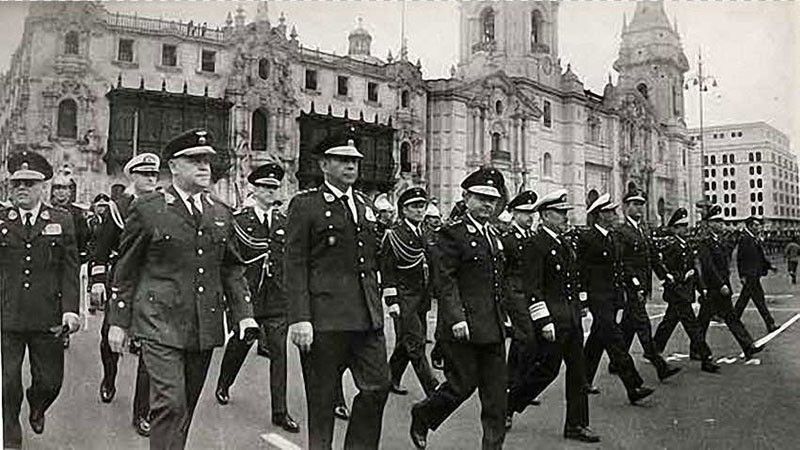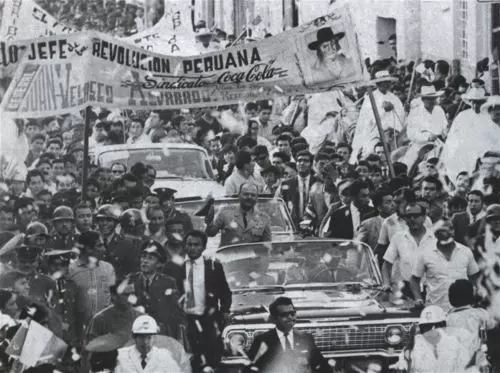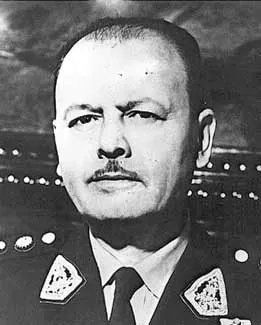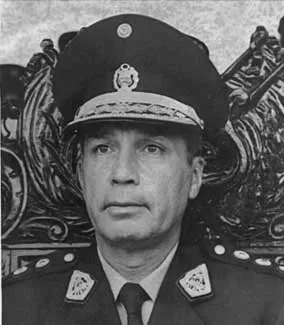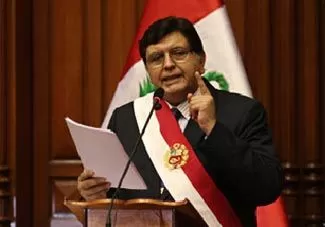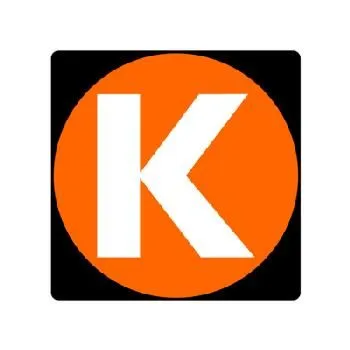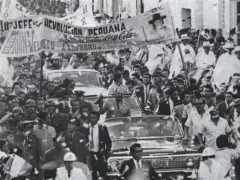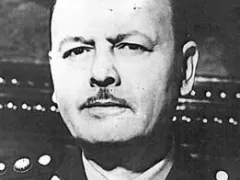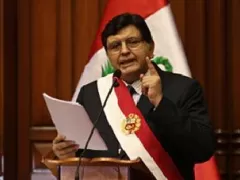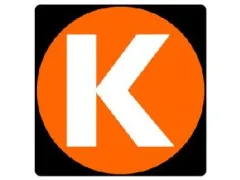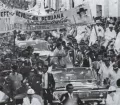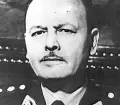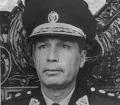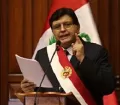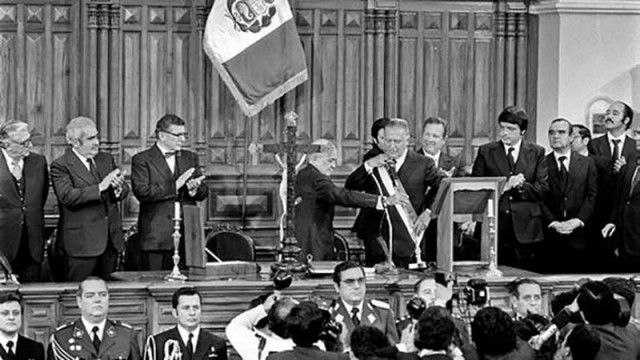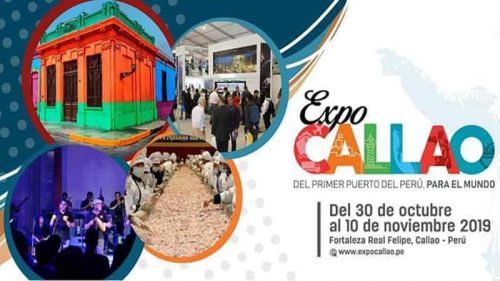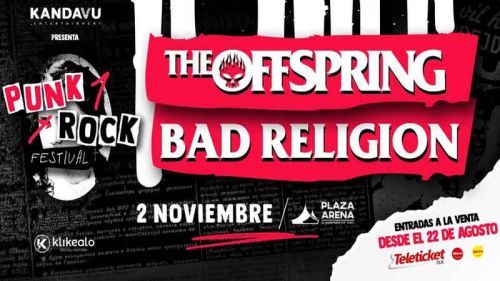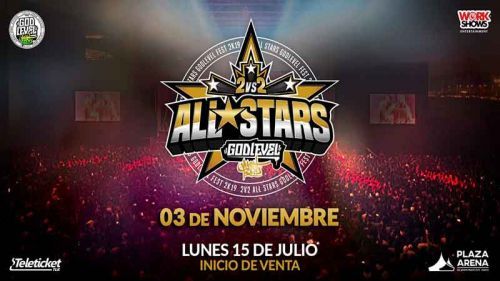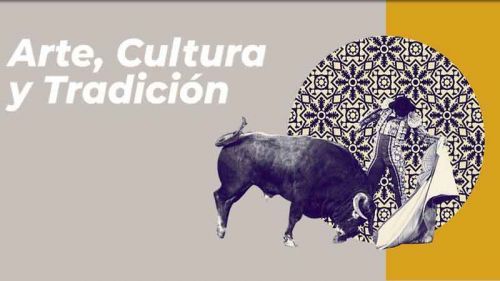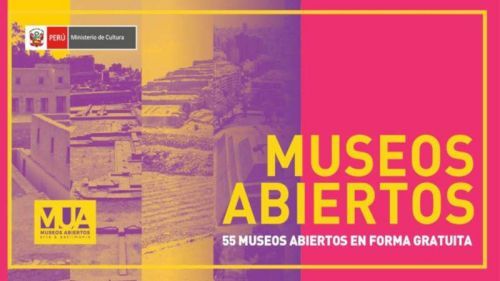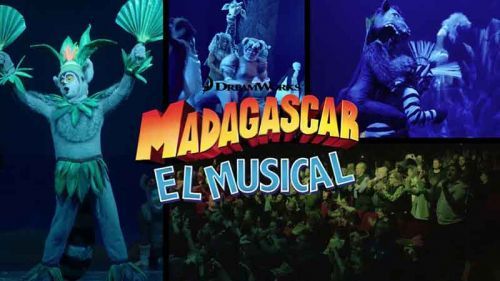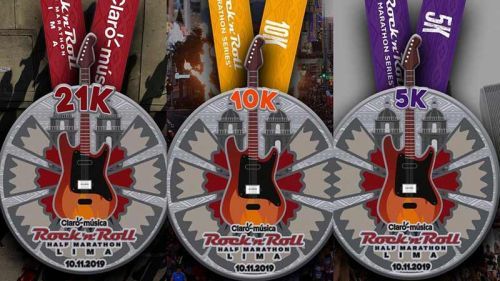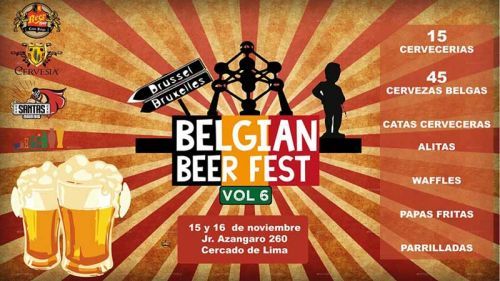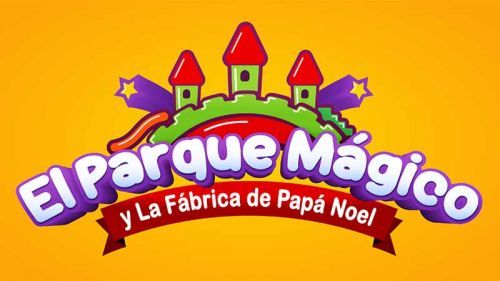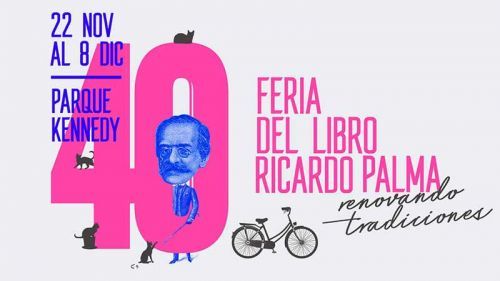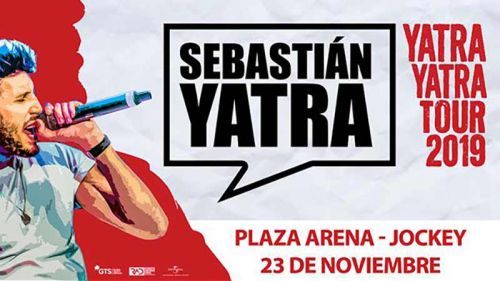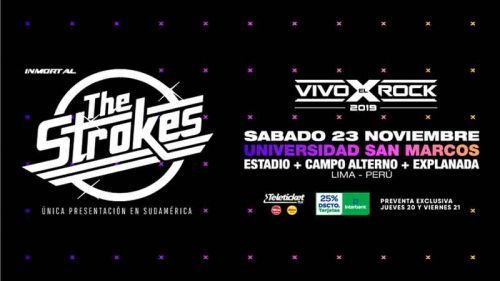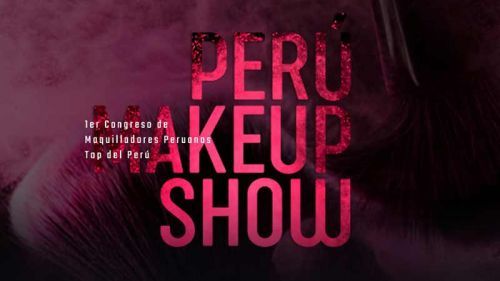As we have seen so far, since independence Peru’s political scene was characterized by presidents, civilian governments and parties reflecting the - in comparison to the population - few oligarch elements of Peruvian society with the military being always prominent and regularly seizing power. While both of these groups profited immensely in times of economic prosperity and often could get out of tight spots relatively unharmed, the majority of the population - despite few positive changes - never fundamentally benefitted in good times while suffering even more on rainy days.
Military Junta under General Juan Velasco Alvarado (1968 - 1975)
Anyway, the most recent and significant period of military rule began in 1968, when General Juan Velasco Alvarado overthrew President Fernando Belaúnde Terry. Velasco named himself the 1st President of the Revolutionary Government of the Armed Forces and his administration declared it would finally give justice to the average population, which in large parts lived in poverty, through a system of nationalization soon known as Peruanismo. The goal was to establish a strong national economy, reducing / eliminating Peru’s dependence on foreign investment and letting all Peruvians benefit from the country’s riches.
Velasco’s junta brought a program of economic nationalism on the way. As part of what has been called the "first phase" Velasco undertook an extensive agricultural reform program expropriating foreign owners and companies of large-scale plantations which were then run by government collectives or indigenous communities or fragmented given to individuals from which about 300,000 Peruvian families benefitted.
The military regime also expropriated or - by enforcing that the majority of the stock of a foreign company has to be held by Peruvian nationals - took control over essential industries and services, such as the fishmeal industry, mining companies, petroleum industry, telecommunications providers, power production companies and several banks.
With the education reform schools in rural areas were established, universities were granted autonomy, the equality of women was recognized and the indigenous languages Quechua and Aymara, which were the native language of over half of the population, were used in schools in the Andes and Amazon regions.
While it may have been time to prioritize the over centuries most excluded and poor, the implemented strict Peruanismo wasn’t the answer. In no time it led to dictatorship including abolishment of constitutional rights, imprisonment of political opponents and critics, and censorship, strained foreign relations and an empty treasury due to draining the country of foreign capital and deterring foreign investments, inflation, corruption, unemployment, food shortages, more poverty and suffering.
The situation in Peru was further exacerbated by the two devastating earthquakes of 1970 and 1974 which killed tens of thousands of people, left hundreds of thousands homeless and caused millions of dollars in damage, the disappearance of anchovies in the coastal waters because of the El Niño phenomenon, the fall of commodity prices and the 1970s Energy Crisis while foreign loans for the agrarian reform and national mining projects increased foreign debts.
Military Junta under General Francisco Morales Bermudez (1975 - 1980)
Velasco's deteriorating health and resentments among a number of prominent military commanders because of Peru’s economic state and the failing to achieve the goals of the Peruvian Revolution led to a coup and his replacement as President by his Prime Minister General Francisco Morales Bermudez in 1975. Under enormous pressure from all sides, Morales moved the revolution into a more conservative "second phase" trying to revive the country's economy by denationalizing certain industries, opening the mining sector to private investors and encouraging foreign investment.
He as well eliminated the authoritarian abuses of the Velasco administration and re-established the constitutional rule of law. General Morales also presided over the return to a civilian government under a new democratic constitution. In the following elections in May 1980 President Belaunde Terry was (re-) elected as president of Peru.


